Samsung vs Sony TV — With Both Brands Using Cutting-Edge Tech, Which is Better?
Choosing between Samsung and Sony TVs? Both are top-notch, but which is best for you? Let's weigh the options and find out.
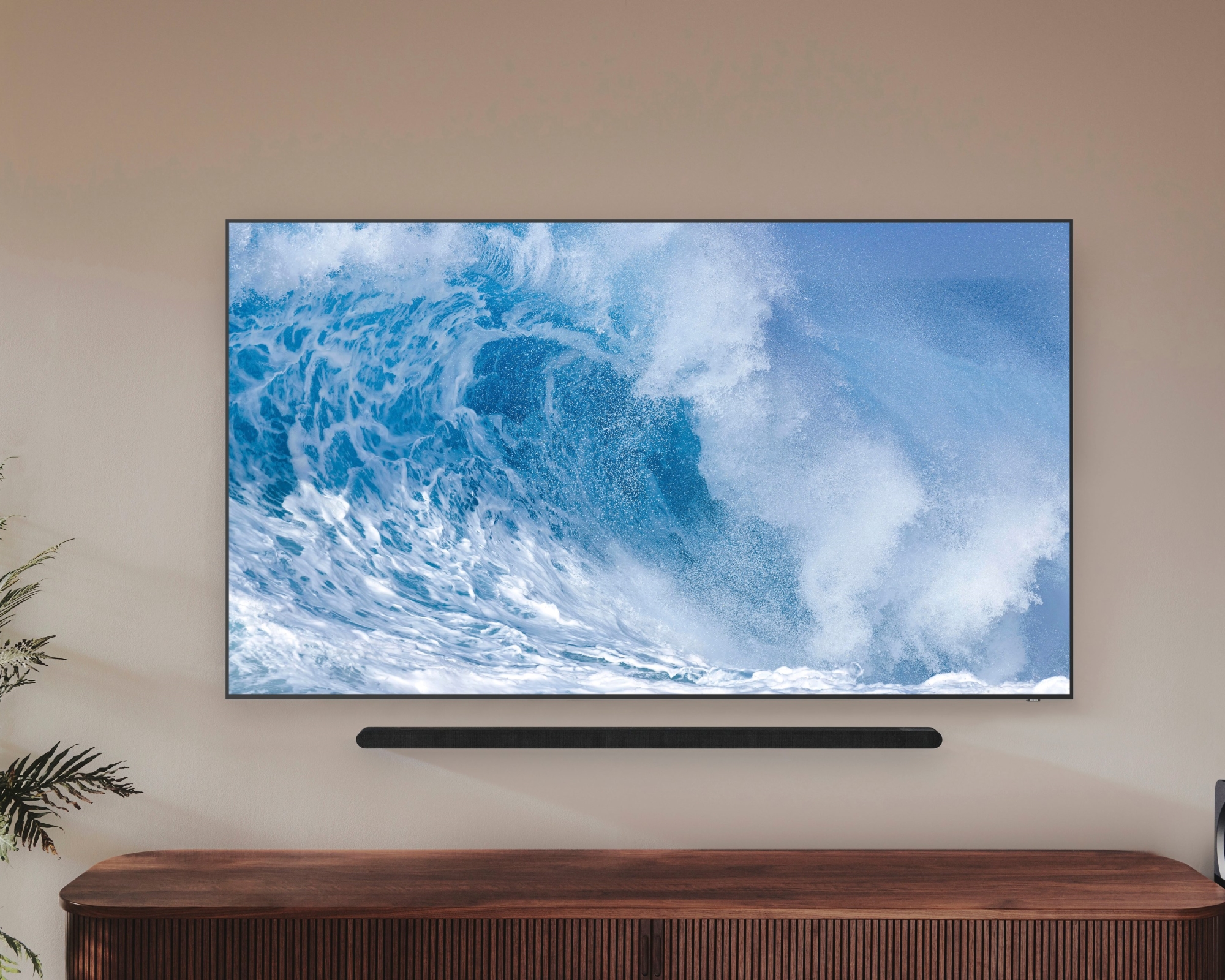

Caroline Preece
If you can't quite decide between a Samsung and Sony TV to enhance your viewing experience with box sets and movies, this article aims to help you make an informed choice. Both brands offer excellent televisions across different price ranges, and we know it can be challenging to decide between the two when comparing similar-sized models.
Although a premium TV will always outperform an entry-level one, specific differences make a Sony TV more suitable for your living room and vice versa. We will explore the distinctions between Samsung and Sony TVs below. But first, let's discuss the factors contributing to the price differences between televisions. If you want to compare more leading TV brands, you can check our best TV brand guide. You can also look at our guides for the best Sony TVs and Samsung TVs.
Samsung vs Sony TVs: Pricing
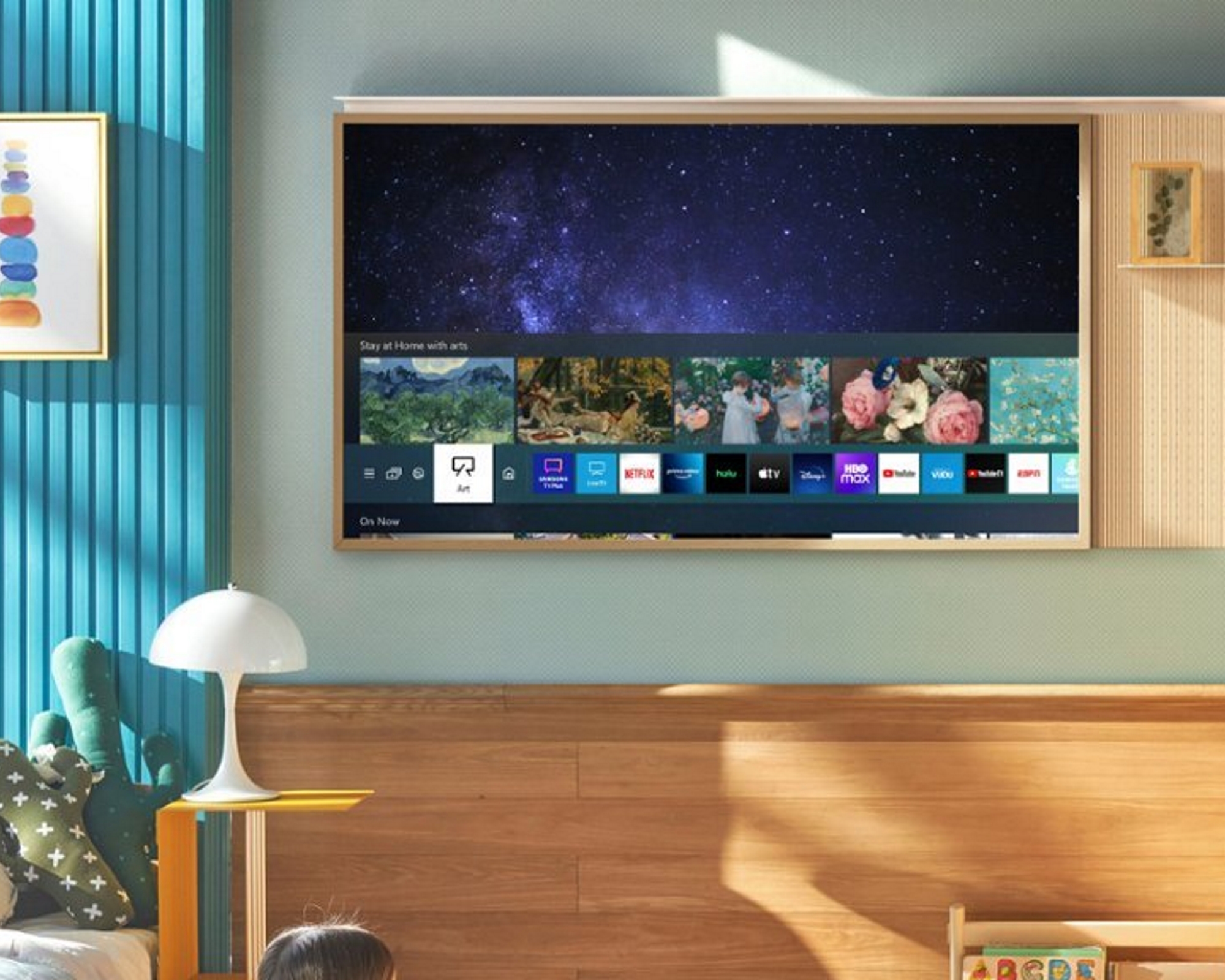
Samsung offers a range of TVs at different price points, with factors such as size, resolution, and display technology influencing their pricing. The brand provides various models, from affordable options with LCD panels to premium sets embracing QLED and OLED technology. The pricing of Samsung TVs reflects the picture quality and features they offer, with high-end models delivering superior color accuracy, contrast, and vivid imagery. Resolution also plays a significant role, with Samsung offering Full HD, 4K, and 8K options to cater to different consumer preferences.
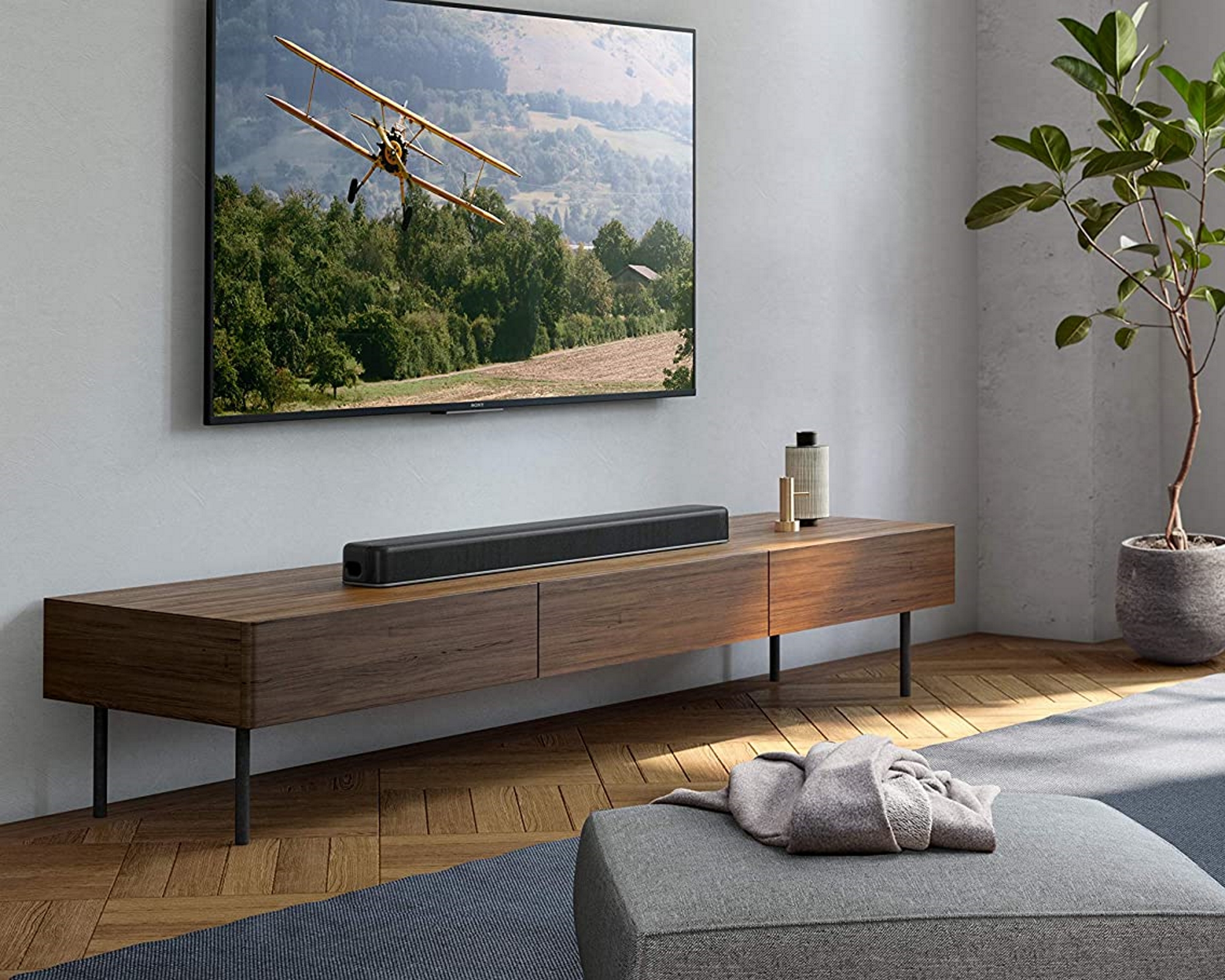
Sony TVs are priced based on several factors, including size, resolution, and display technology. The brand name does play a part in determining the price, but these three factors are crucial in deciding where a TV will sit on the pricing scale. Sony offers a range of TVs with different features and technologies, which can affect pricing. For instance, Sony's premium TVs with OLED and advanced display technologies generally have a higher price tag than their LCD counterparts. Larger screen sizes and higher resolutions also contribute to the pricing of Sony TVs.
- Verdict: The price of a TV is mainly determined by its size, resolution, and display technology. Larger screens cost more, and resolution affects picture quality. Premium TVs with QLED, OLED, or MiniLED technology offer better picture quality than cheaper LCD TVs. 4K resolution is popular, while 8K has limited content.
Samsung vs Sony TVs: Display technology
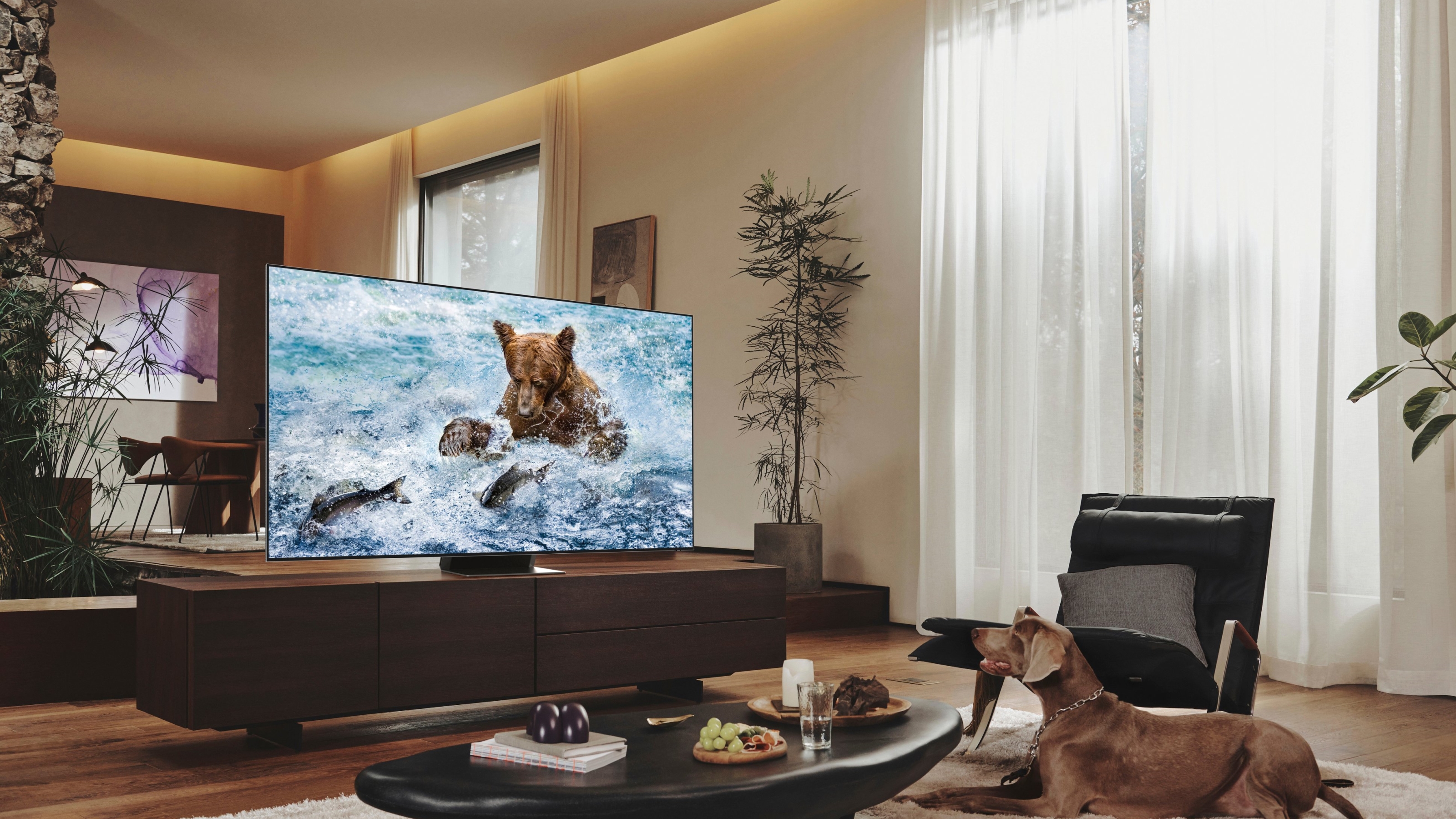
Samsung's high-end display technology is primarily based on QLED (Quantum Dot LED) panels. These panels use quantum dots to enhance color accuracy and brightness, resulting in vibrant and lifelike images. They are known for their exceptional brightness levels, making them suitable for well-lit environments. Samsung's Quantum Dots also offer impressive HDR performance, delivering a visually stunning viewing experience. While QLED panels may not match the contrast levels of OLED screens, they excel in brightly lit spaces.
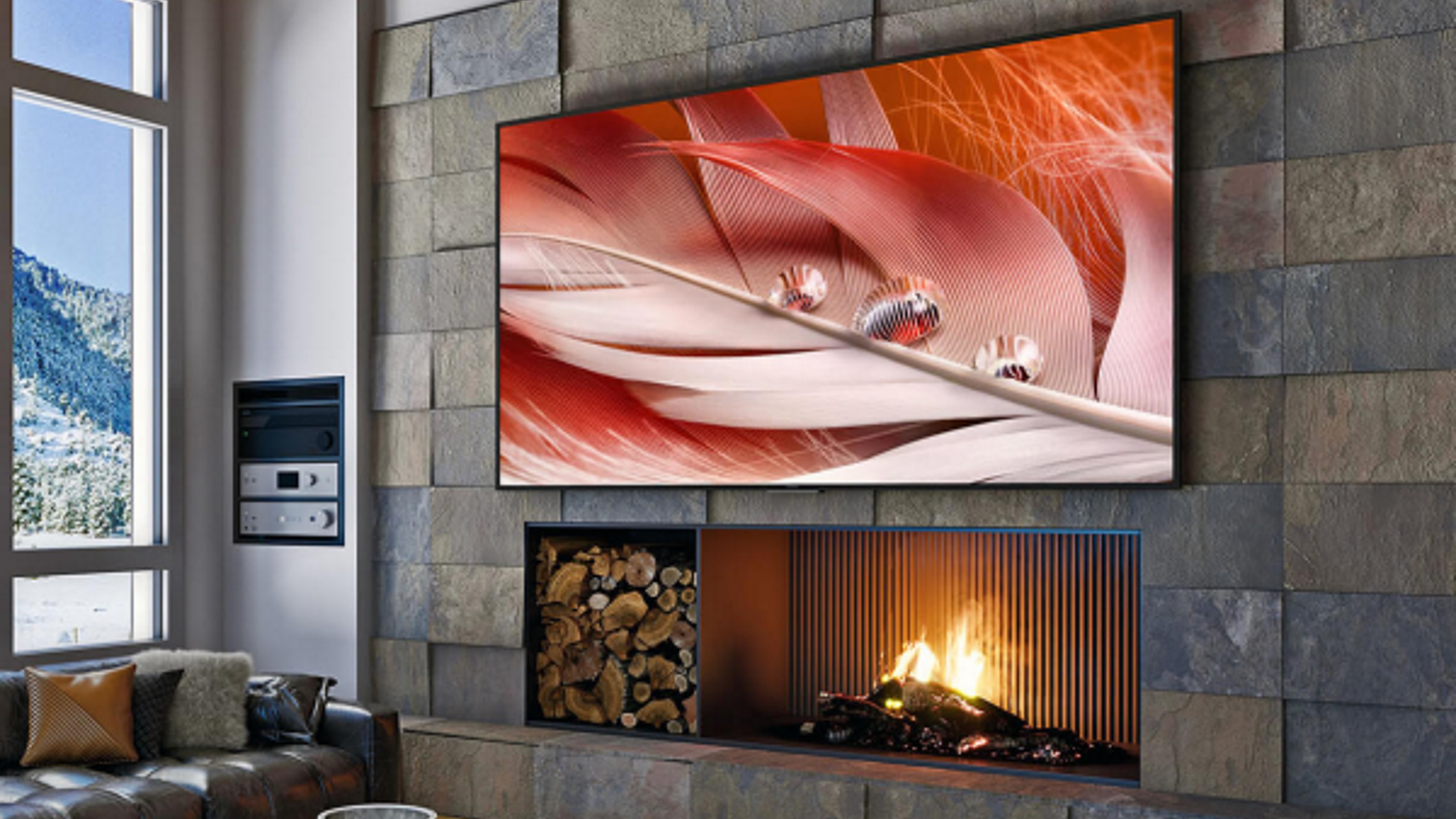
Sony's display technology is renowned for its high-quality visuals and innovative features. At the premium end, Sony TVs feature OLED technology, which stands for 'Organic Light Emitting Diode.' This technology ensures that each pixel is self-lighting, resulting in incredibly accurate images and unbeatable contrast, especially in darker scenes. While OLED panels may not be as bright as other options, Sony includes software protections to prevent screen burn-in, addressing concerns about long-term image retention.
- Verdict: In the low-end market, Sony and Samsung use LCD panels with similar picture quality. In the high-end segment, Sony TVs utilize OLED for accurate images in perfect conditions, while Samsung's QLED displays offer brighter screens but slightly lower contrast. OLED is ideal for dimly lit rooms, but some people are concerned about screen burn-in.
Samsung vs Sony TVs: Formats, sound, and operating systems
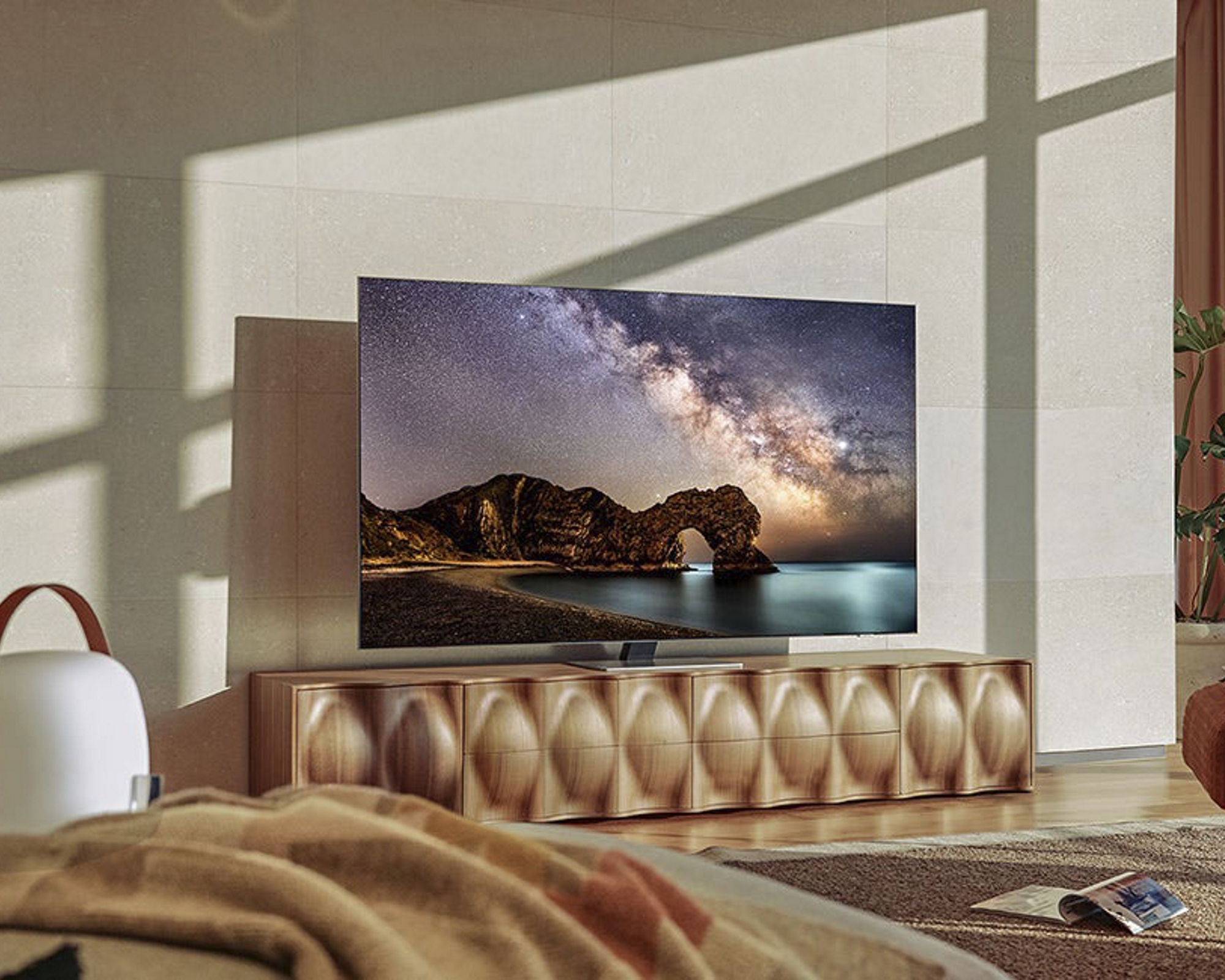
Samsung TVs support the HDR10+ format for enhanced contrast and a wider color gamut, providing a superior visual experience. The Object Tracking Sound (OTS) technology also delivers excellent audio quality. However, external surround sound systems are recommended for the best experience. Samsung utilizes its streamlined Tizen operating system, which is user-friendly and offers a seamless smart TV experience.
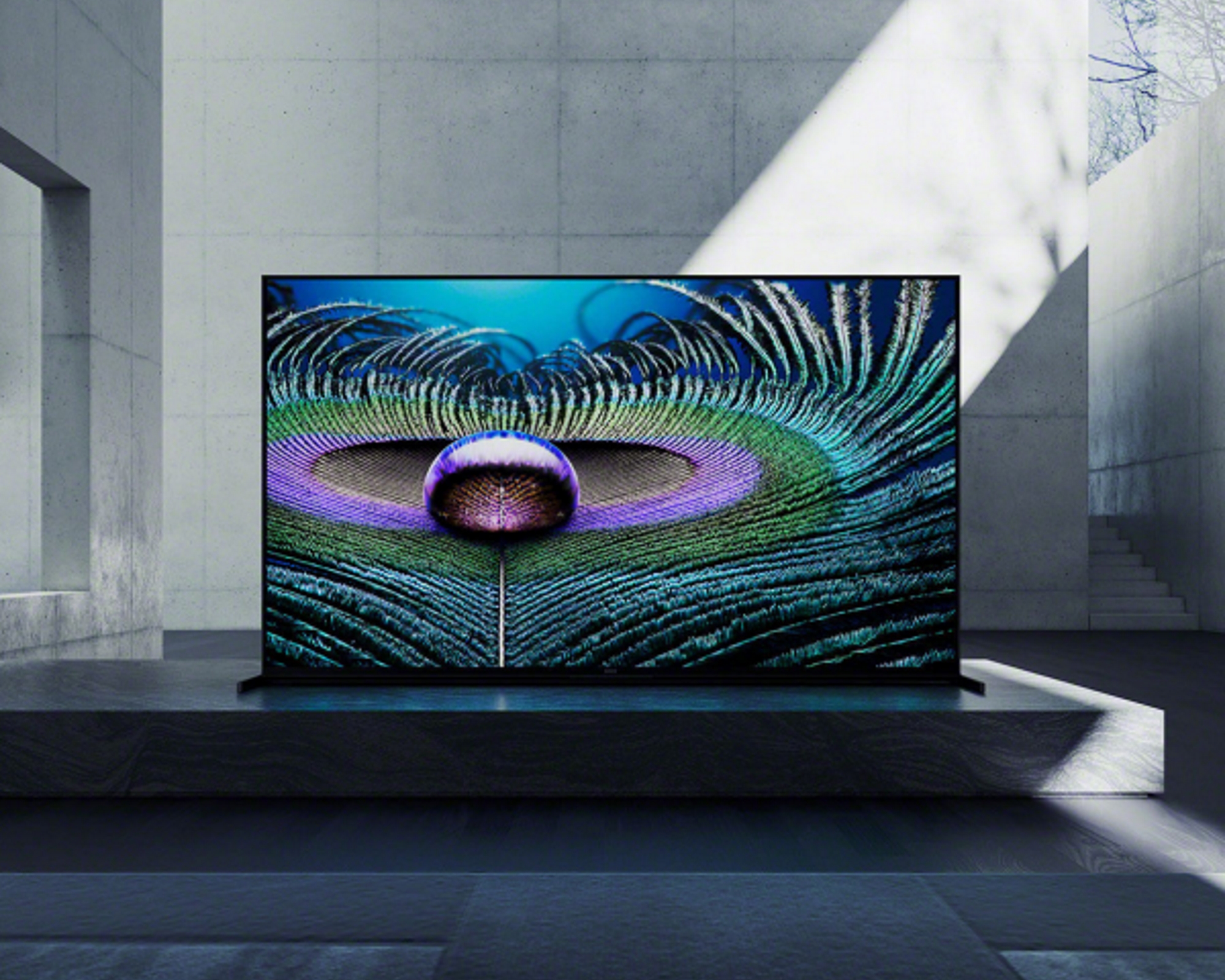
Sony's high-end TVs are notable for their support of Dolby Vision, a superior HDR format with a 12-bit color gamut, in comparison to Samsung's HDR10+. Sony also utilizes Google's Android TV as its operating system, providing various apps and customization options. Sony's high-end sets also feature Acoustic Surface Audio technology, which produces directional audio through panel vibrations. While Samsung's Object Tracking Sound technology may offer good sound quality, Sony's emphasis on Dolby Vision and Android TV makes its high-end TVs a compelling choice.
- Verdict: When deciding between high-end TVs, it's important to consider the differences in HDR format and operating system. Samsung uses HDR10+ and Tizen OS, while Sony offers Dolby Vision and Android TV. Sound quality also varies, with Sony's Acoustic Surface Audio and Samsung's OTS. However, it's important to note that the best surround sound systems often outperform built-in TV speakers.
Samsung vs Sony TVs: Which should you choose?
- Winner: Samsung
It's difficult to give a definitive answer because the best TV for you depends on your specific circumstances. For instance, if your room is very bright, a Sony OLED TV might not be the best choice. If you have a limited budget, Samsung TVs generally offer better value in their mid-range sets compared to Sony. If style is important to you, consider The Frame and Serif sets from Samsung, as they are designed to complement your living space.
If you're having a hard time choosing between a specific Samsung and Sony TV, follow the above advice and try to see both models in action. Visiting a showroom is the best way to gauge how the brands measure up against your personal taste, even though the lighting won't be the same as in your living room.
You may also want to read our editor's thoughts on whether the Samsung Serif TV is worth it.
Be The First To Know
The Livingetc newsletters are your inside source for what’s shaping interiors now - and what’s next. Discover trend forecasts, smart style ideas, and curated shopping inspiration that brings design to life. Subscribe today and stay ahead of the curve.

Freelance contributor Alan has been writing about tech for over a decade, covering phones, drones and everything in between. Previously Deputy Editor of tech site Alphr, his words are found all over the web and in the occasional magazine too. He often writes for T3 and Tom's Guide. When not weighing up the pros and cons of the latest smartwatch, you'll probably find him tackling his ever-growing games backlog. Or, more likely, playing Spelunky for the millionth time.
- Caroline PreeceFormer Smart Homes Ecommerce Editor
-
 12 Essentials Every Cool, Collected Spring Host Needs — And You’ll Never Guess Where They’re From
12 Essentials Every Cool, Collected Spring Host Needs — And You’ll Never Guess Where They’re FromGuests will think you thought of everything, you just knew where to shop
By Julia Demer Published
-
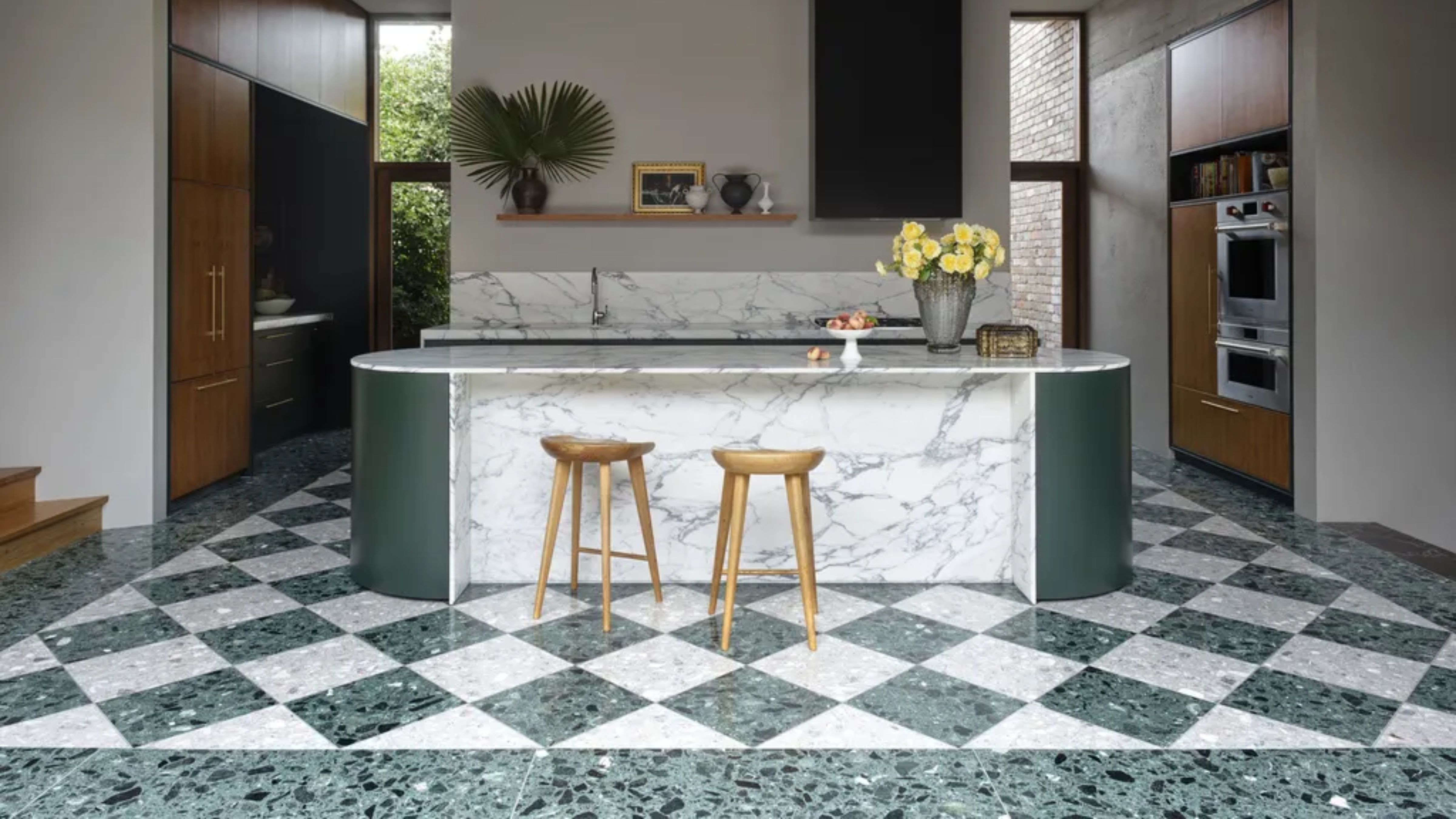 Smeg Says Teal, and We’re Listening — The Kitchen Shade of the Year Is Here
Smeg Says Teal, and We’re Listening — The Kitchen Shade of the Year Is HereDesigners are already using the soft, sea-glass green everywhere from cabinetry to countertops
By Julia Demer Published
-
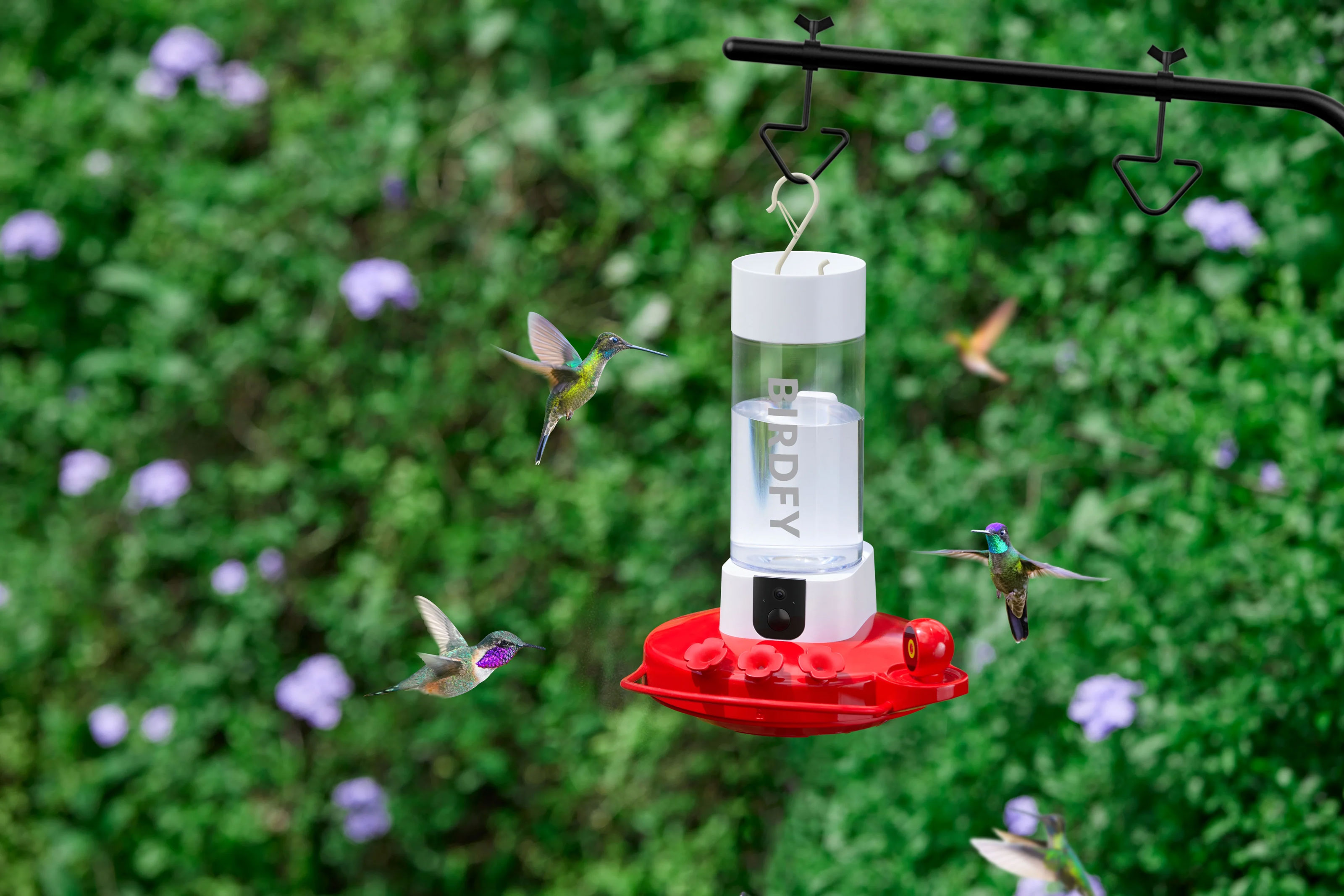 Reviewers Say These Hummingbird Camera Feeders Are the Best Ones Right Now — And They're All on Sale
Reviewers Say These Hummingbird Camera Feeders Are the Best Ones Right Now — And They're All on SaleI've spent ages reading all the reviews for smart hummingbird feeders so you don't have to... Here are the top-rated options
By Hugh Metcalf Published
-
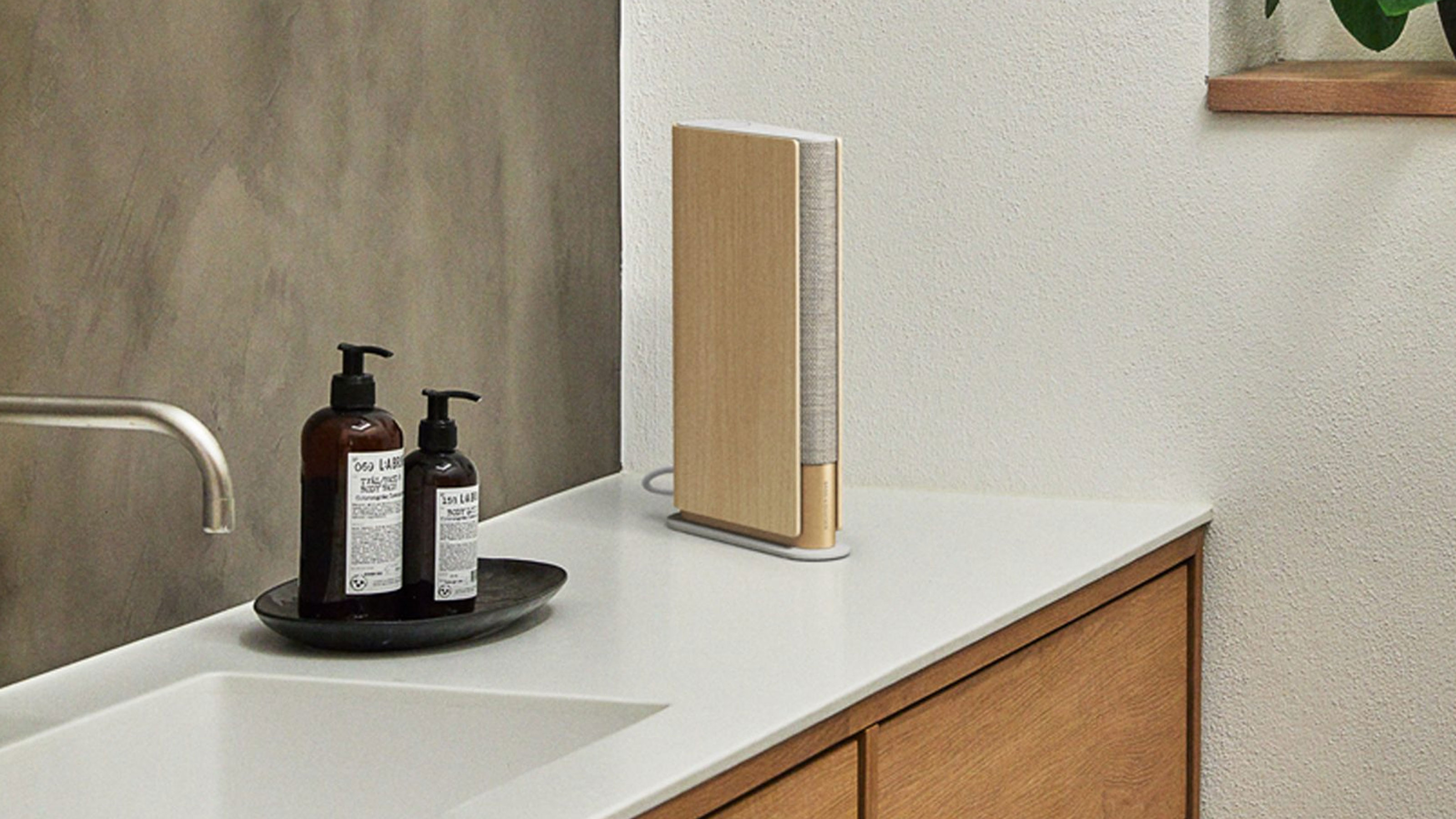 This Interior Stylist Has Picked the Most Aesthetic Home Tech Products of the Moment — 'No More Tech Eyesores!'
This Interior Stylist Has Picked the Most Aesthetic Home Tech Products of the Moment — 'No More Tech Eyesores!'If you think making your home smarter means filling it with ugly gadgets, think again. There's a growing number of pleasingly aesthetic choices out there, says this stylist
By Luke Arthur Wells Published
-
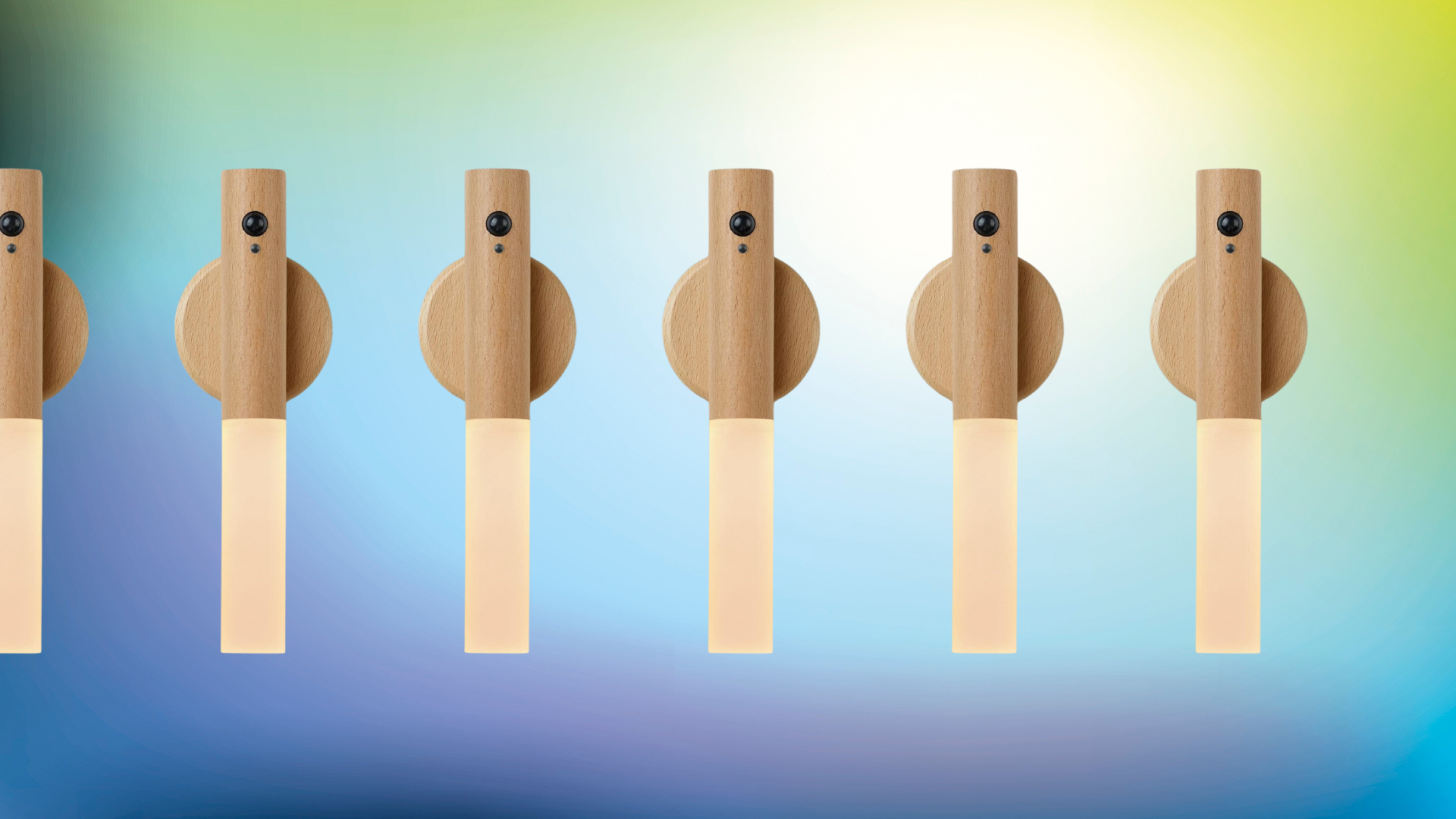 These Viral $40 Lights Make Your Home Easier to Live In — And They're Pretty Chic, Too
These Viral $40 Lights Make Your Home Easier to Live In — And They're Pretty Chic, TooThese Scandi-inspired wall sconces are the lighting solution you didn't know you needed. I'm so taken by them!
By Brigid Kennedy Published
-
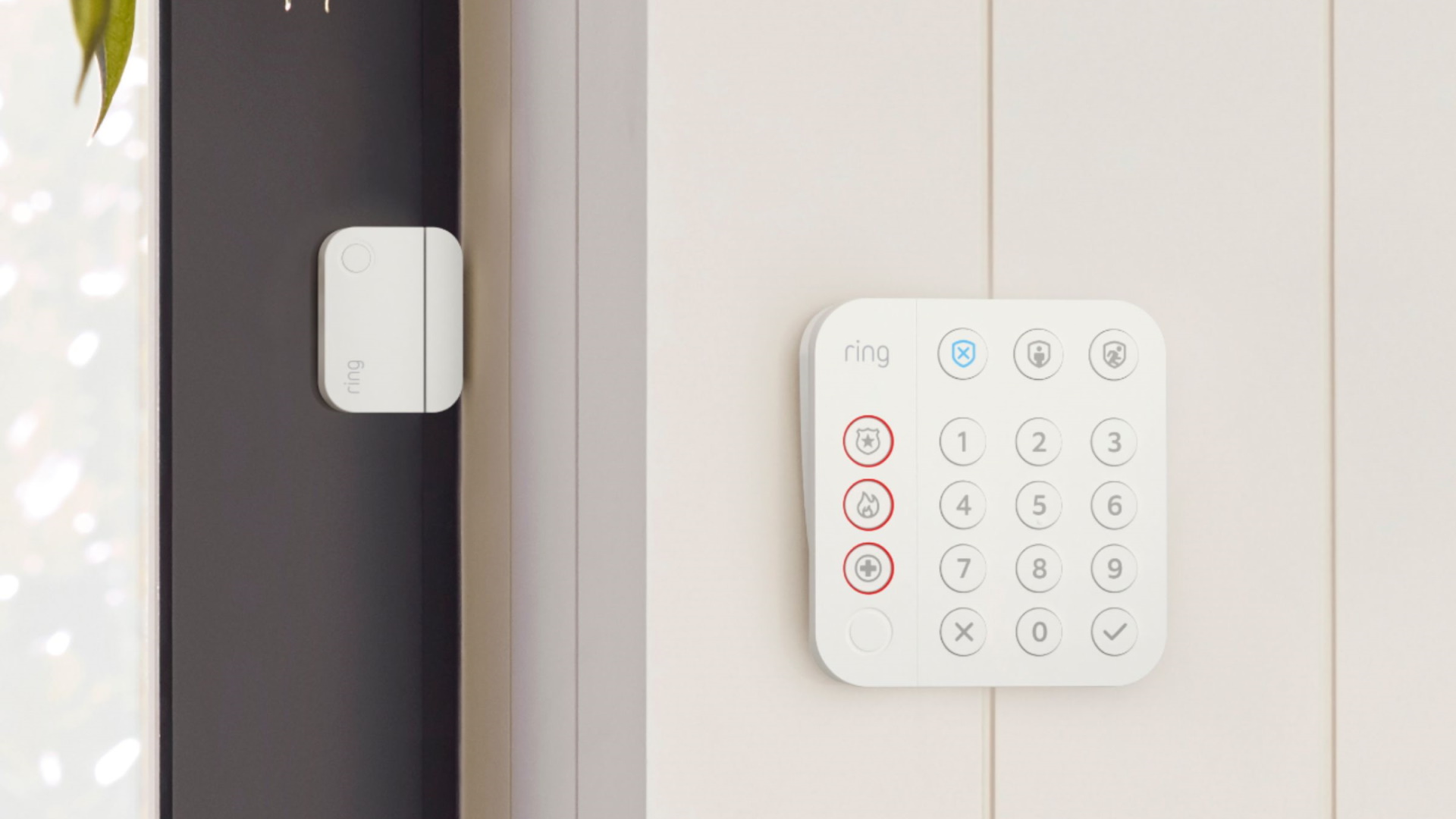 Ring Alarm System (2nd Gen) review: the brand's made-over kit is still a winner
Ring Alarm System (2nd Gen) review: the brand's made-over kit is still a winnerWe tested the Ring Alarm System 5-Piece Kit to see if it could make home security simpler for the average user, and how it may have improved on the first gen system.
By Caroline Preece Published
-
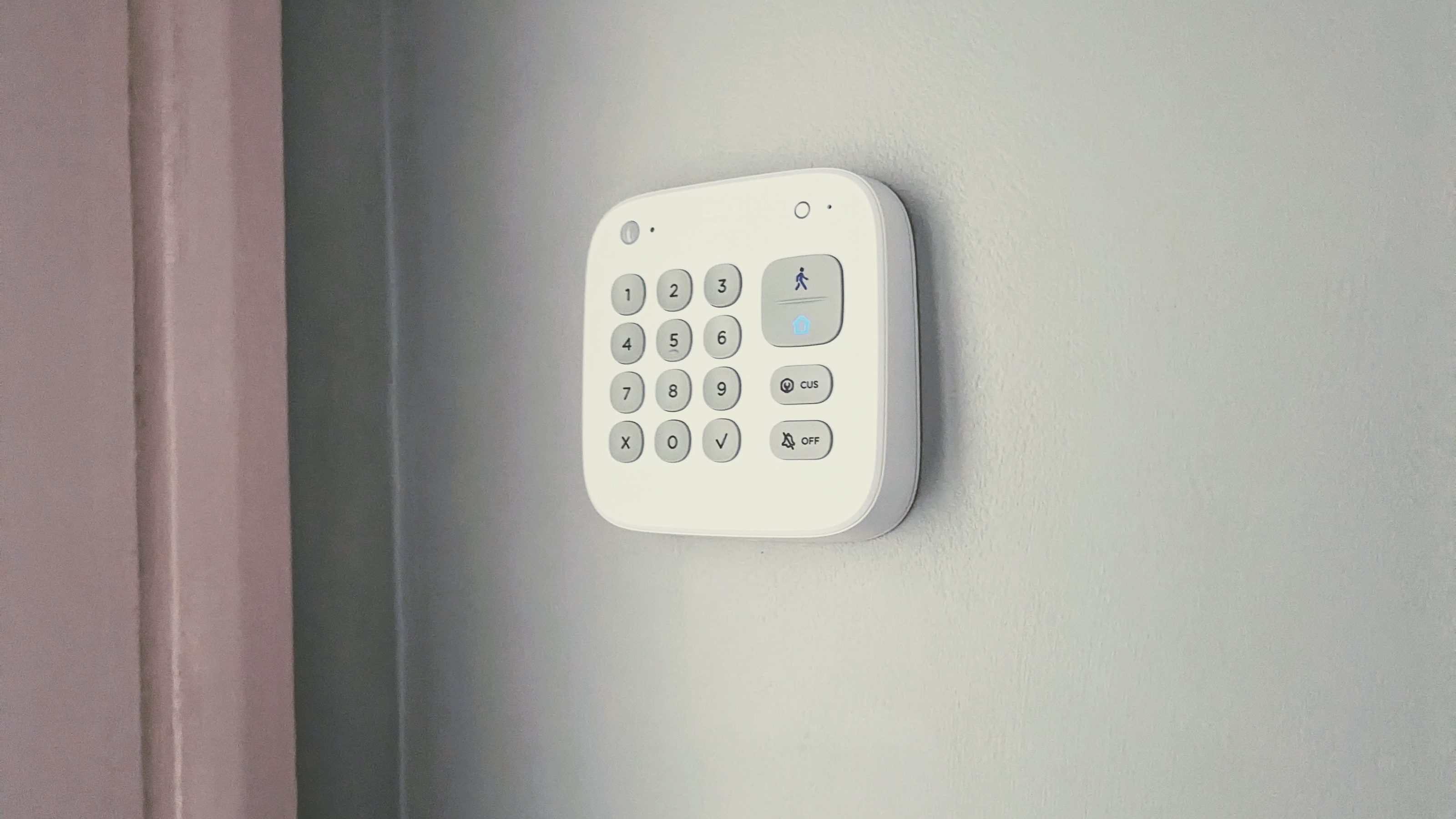 eufy Home Alarm Kit review: a simple but effective way to keep your home safe
eufy Home Alarm Kit review: a simple but effective way to keep your home safeThe eufy Home Alarm Kit has all of the basics on paper, but we wanted to test it out on our own home to see how easy it is to set up and use.
By Caroline Preece Published
-
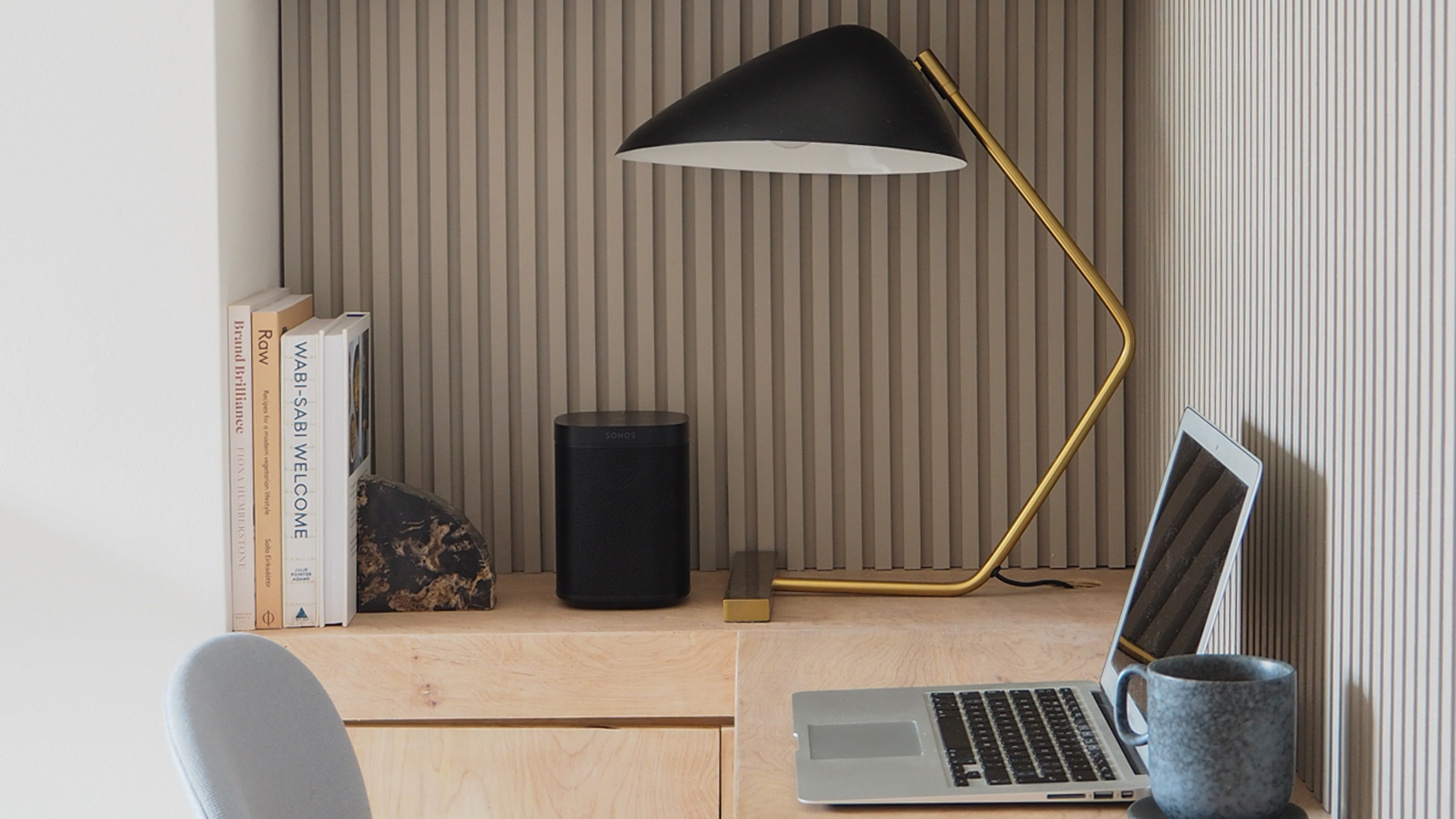 HomePod mini vs Sonos One: two high-end smart home hubs, but which is the better speaker?
HomePod mini vs Sonos One: two high-end smart home hubs, but which is the better speaker?We take a look at the HomePod mini and Sonos One, both of which sit at the higher end of the smart speaker market.
By Caroline Preece Published
-
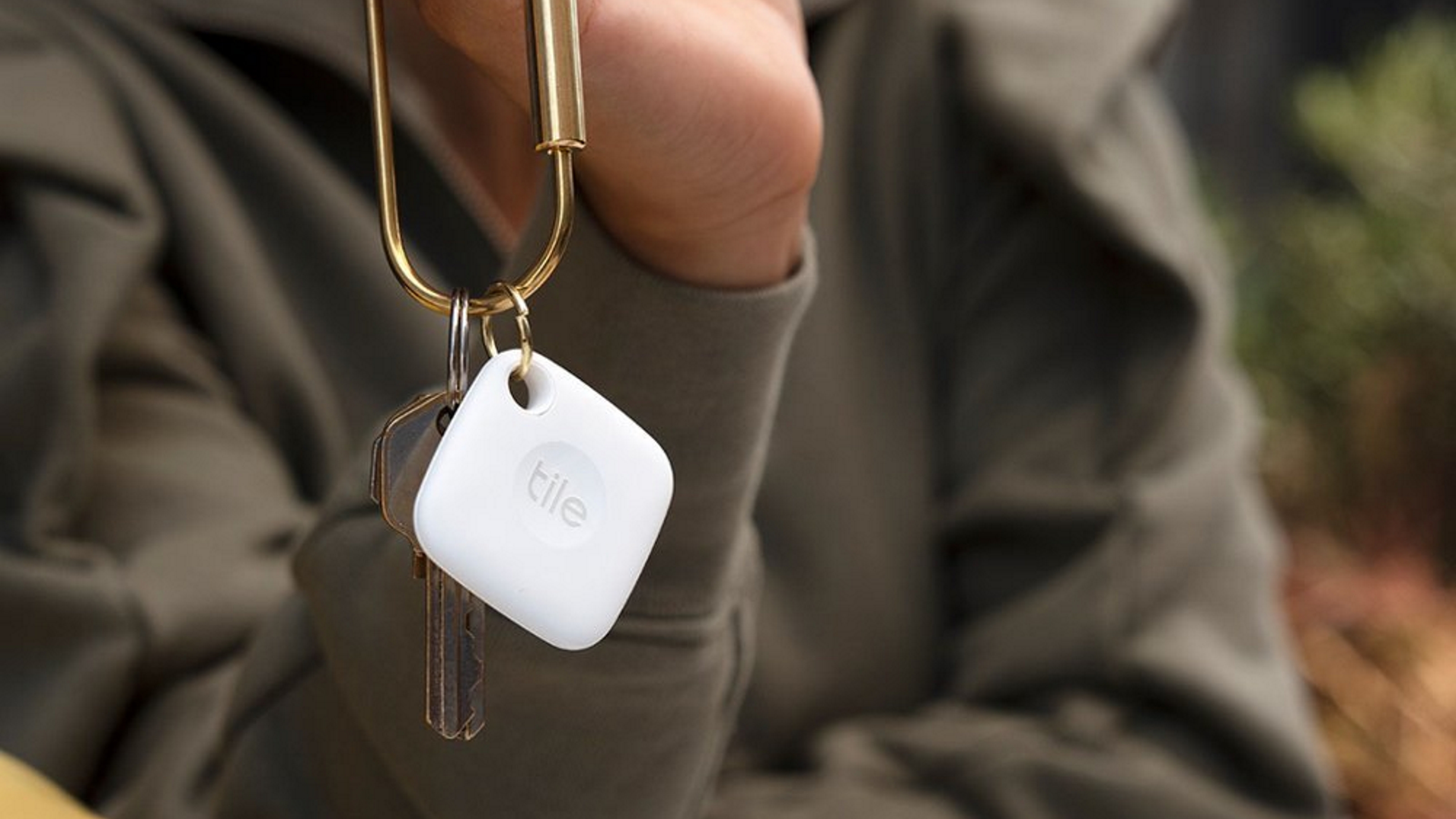 AirTags vs Tile: which Bluetooth tracker is best to help a case of constantly misplaced keys?
AirTags vs Tile: which Bluetooth tracker is best to help a case of constantly misplaced keys?If you're tired of losing your items, either around the house or outside, then Bluetooth trackers are a lifesaver - but which is best?
By Caroline Preece Published
-
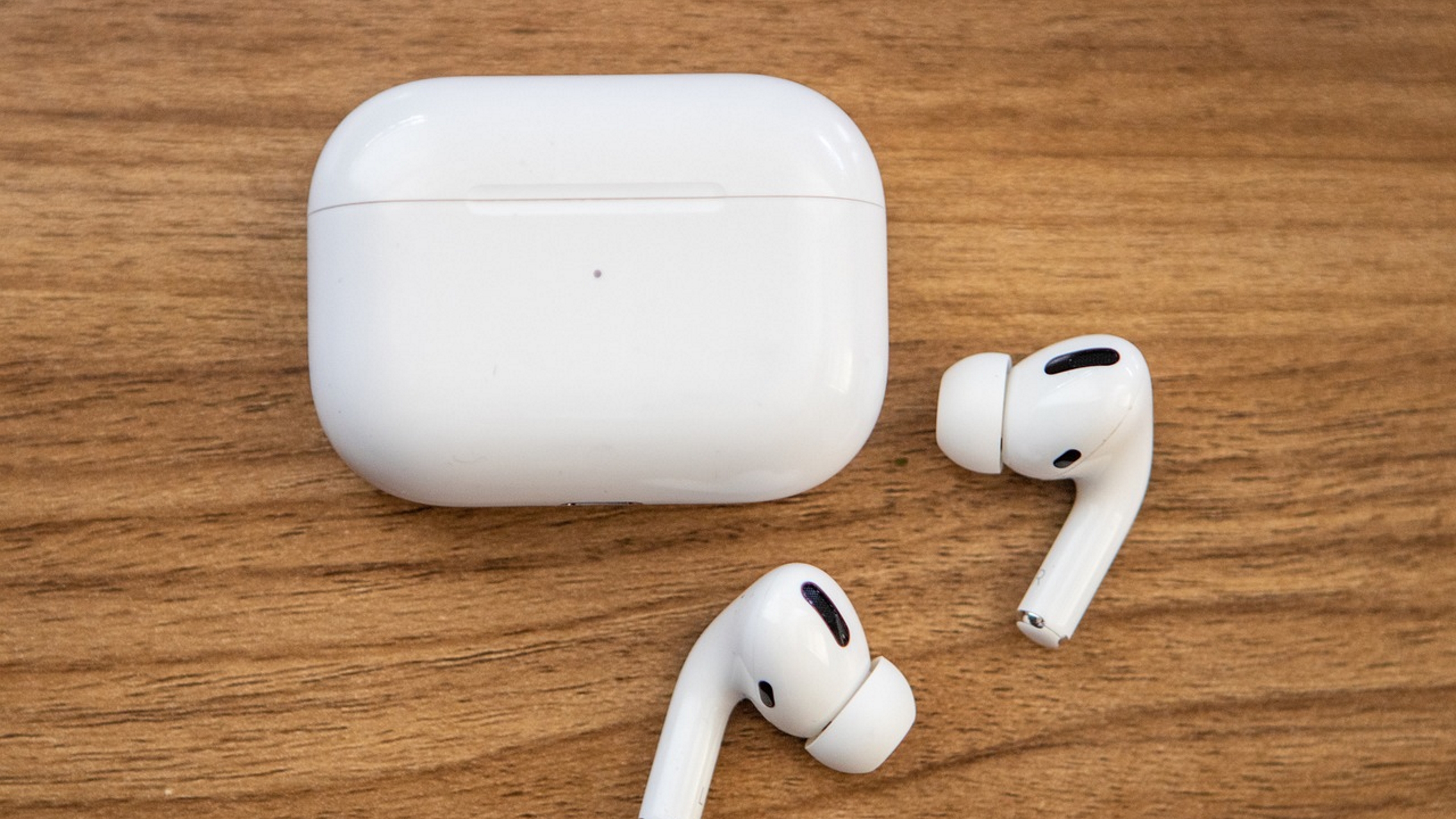 Sony WF-C500 vs Airpods: are the budget earbuds a worthy competitor to Apple?
Sony WF-C500 vs Airpods: are the budget earbuds a worthy competitor to Apple?Sony's affordable earbuds get the thumbs up from us, but how do their compare with Apple's AirPods?
By Caroline Preece Last updated